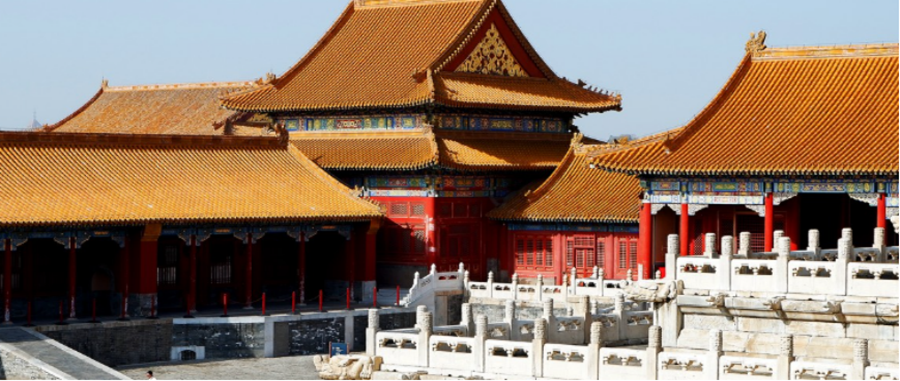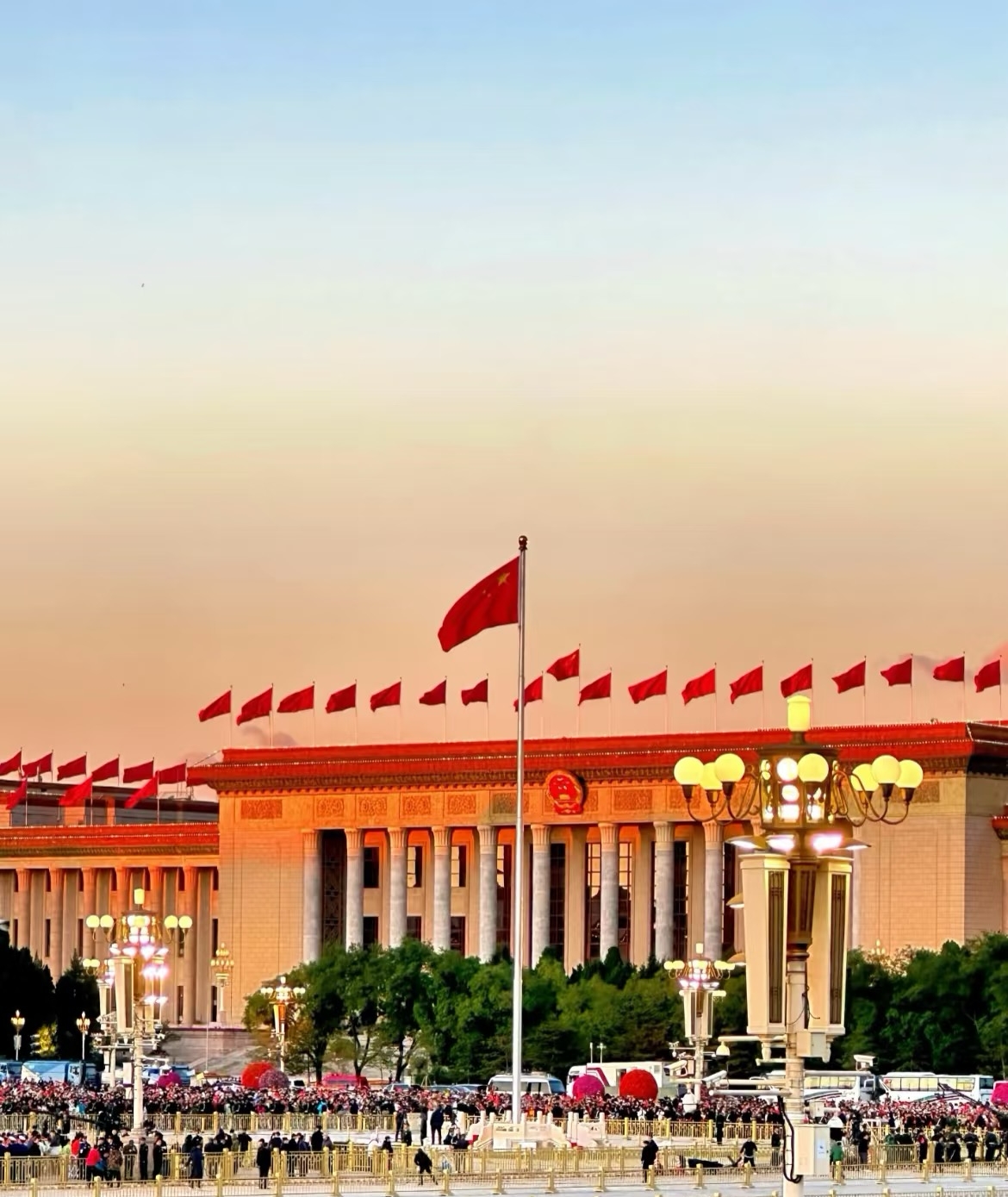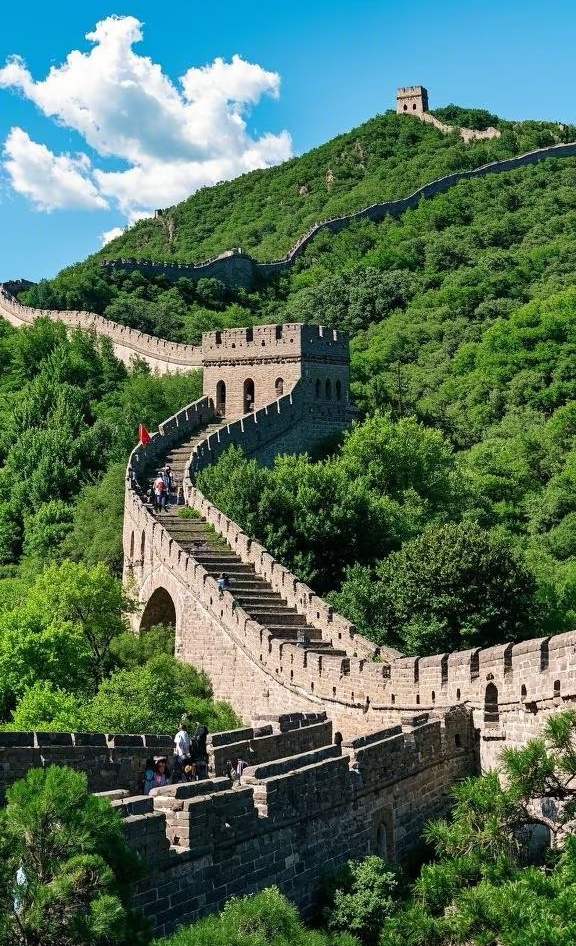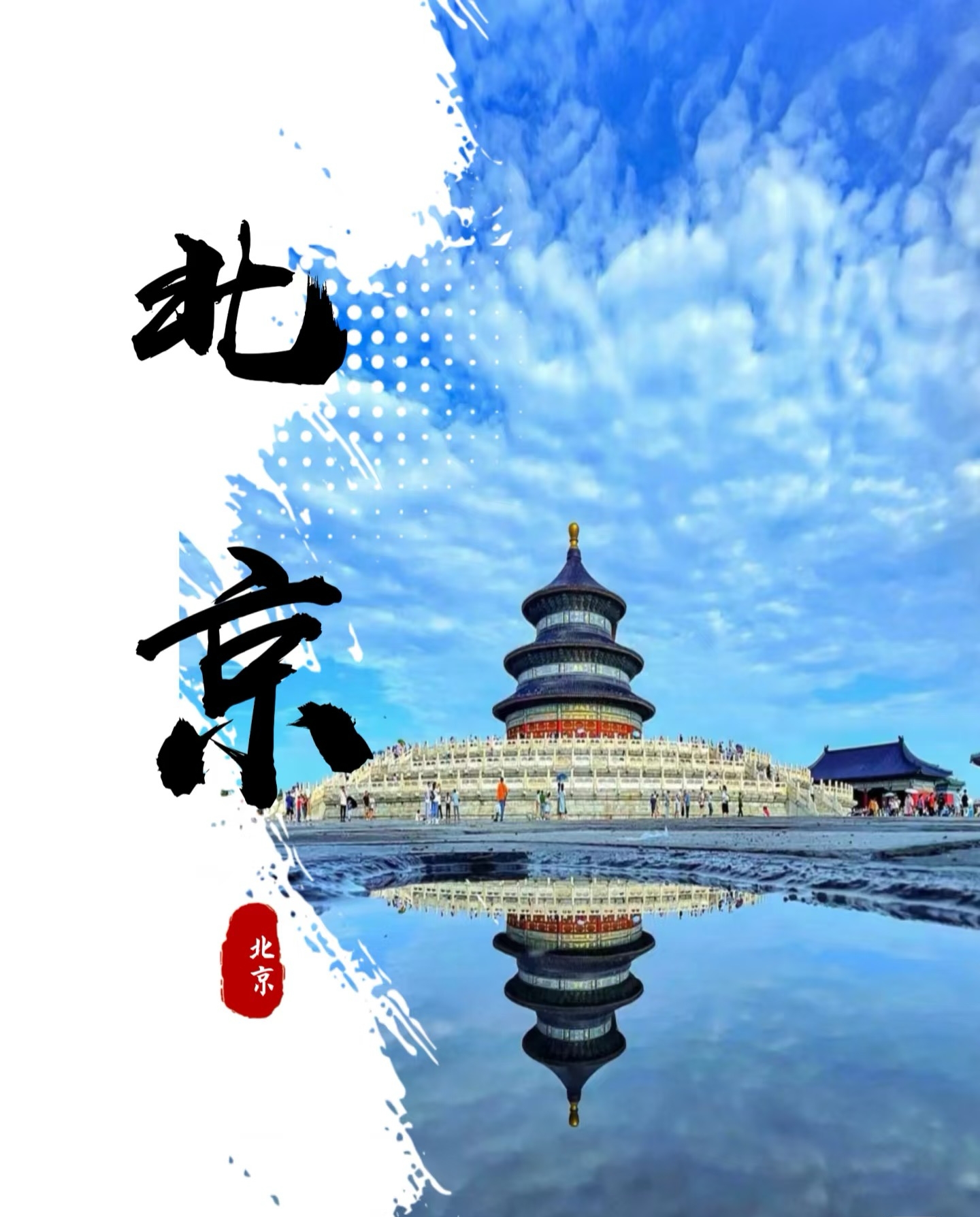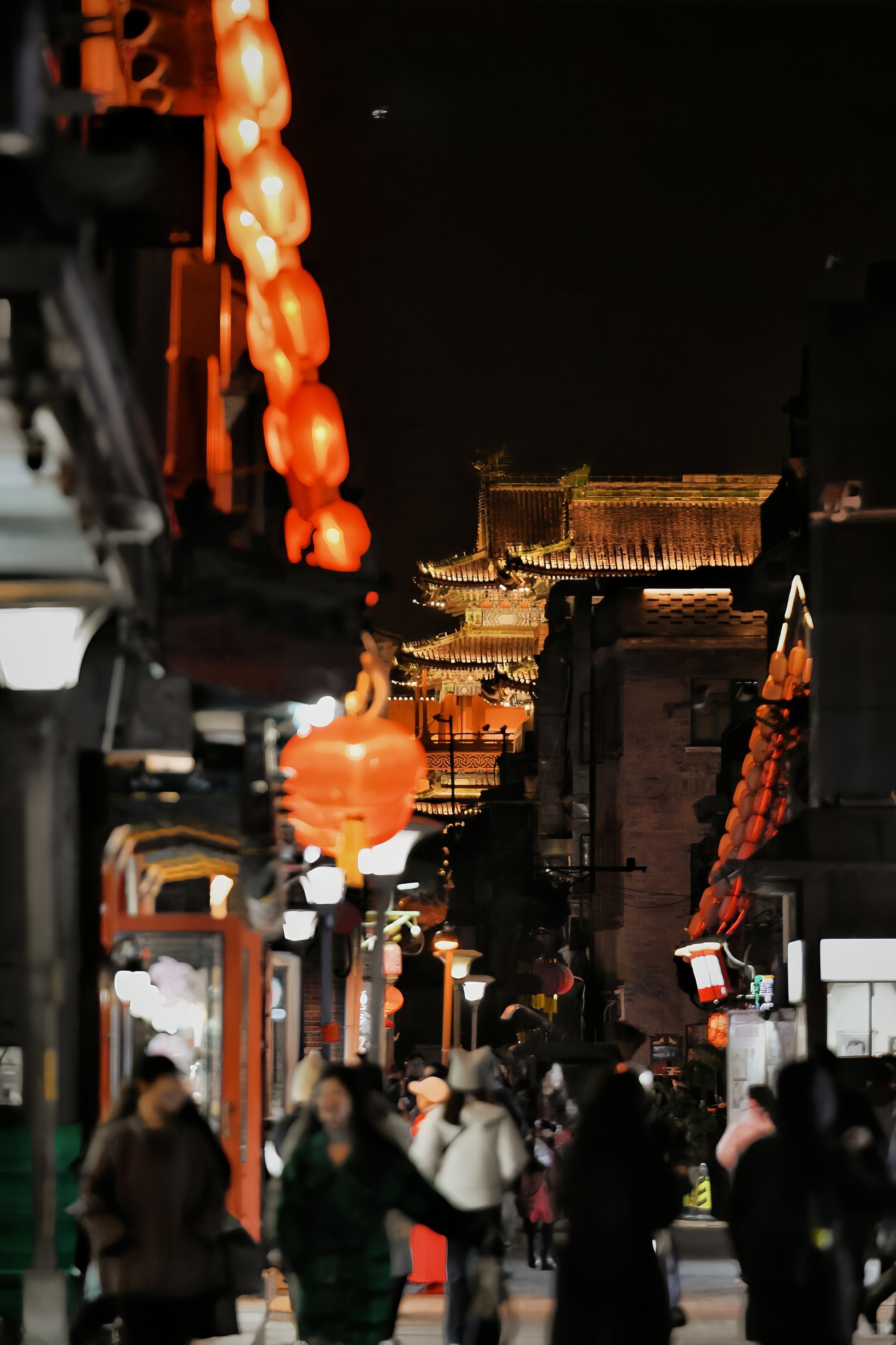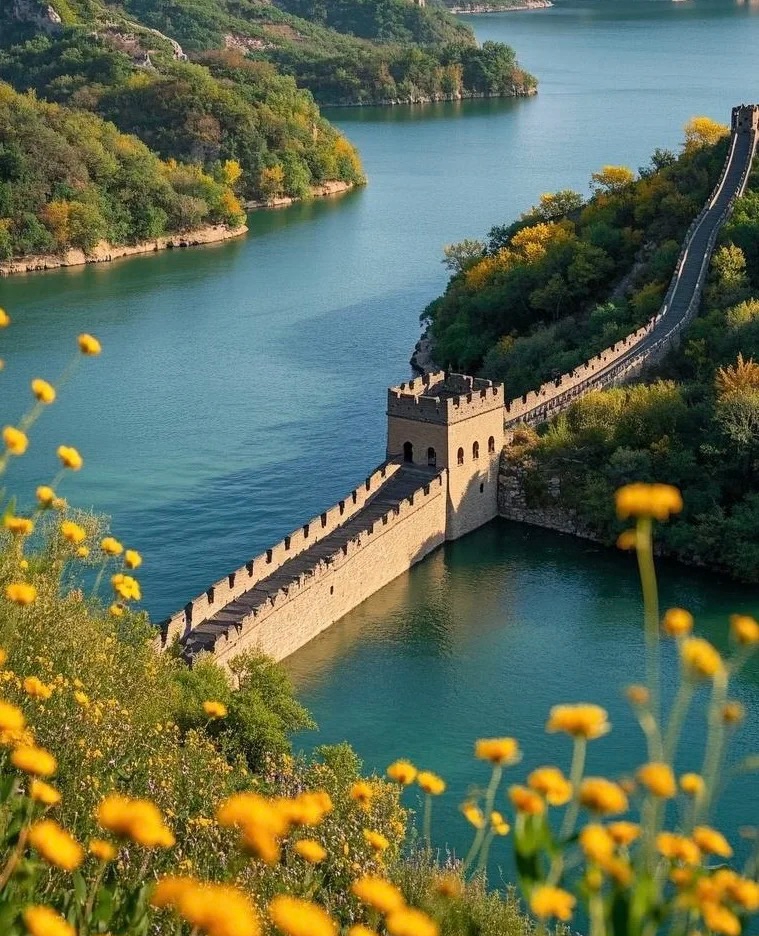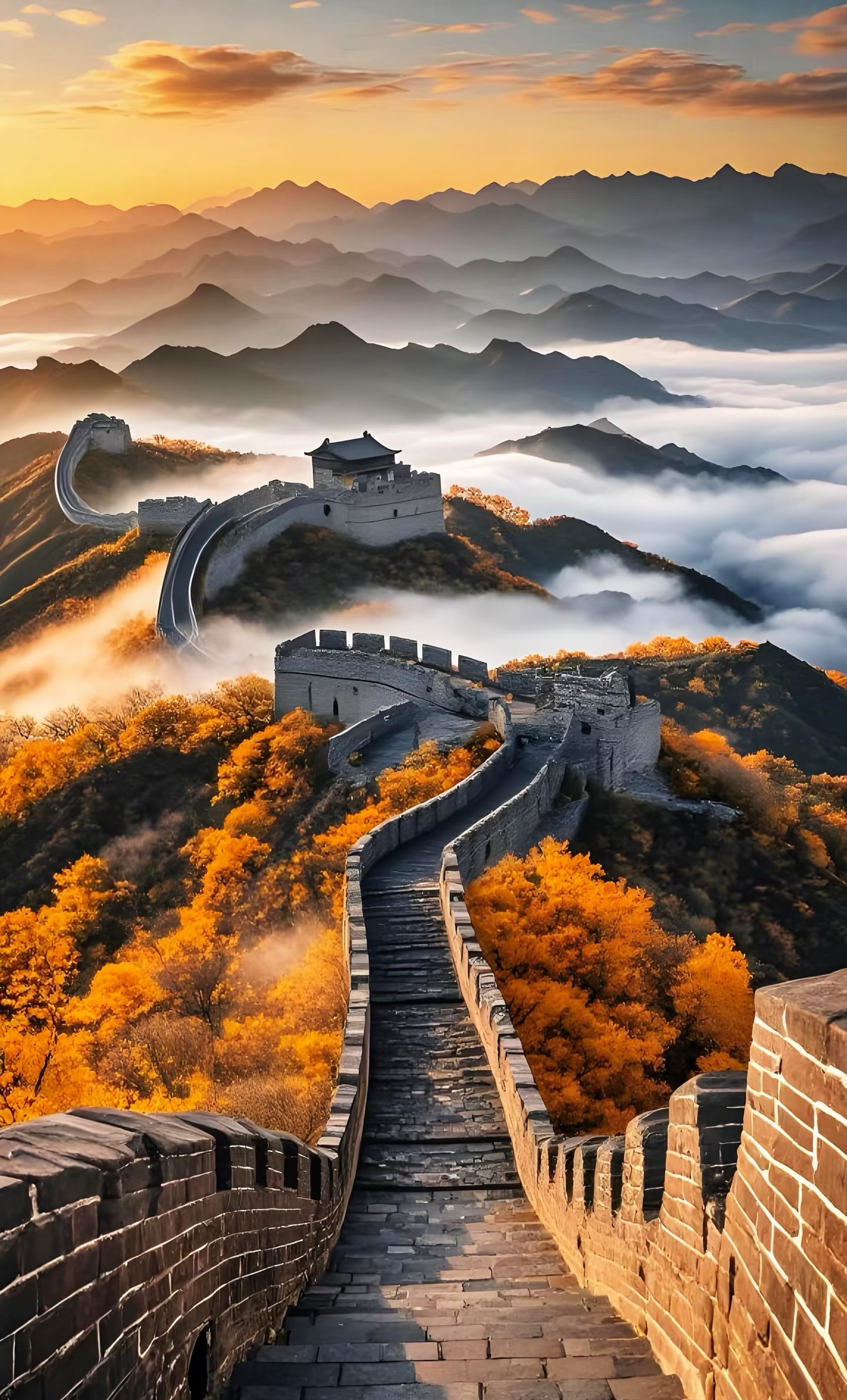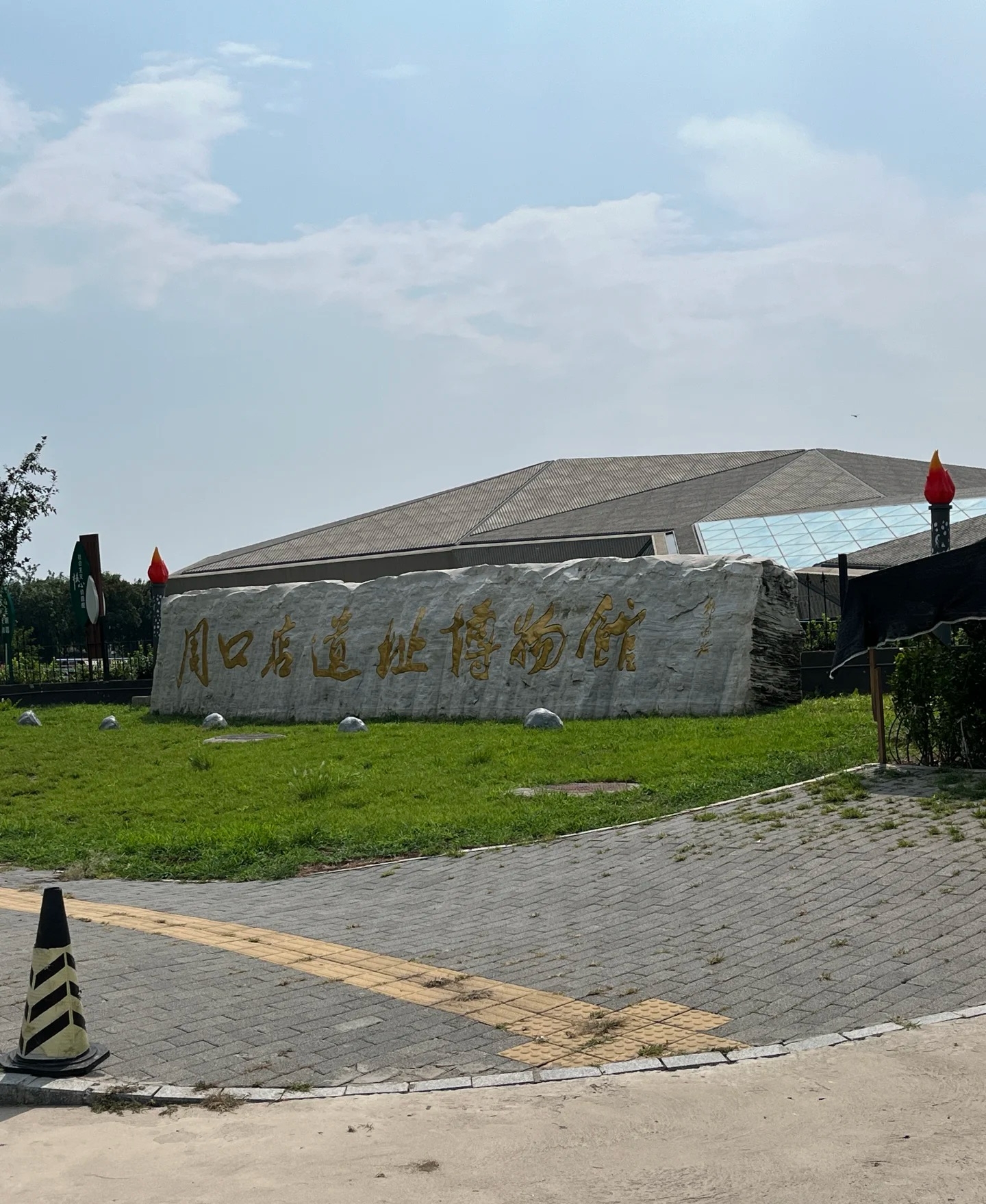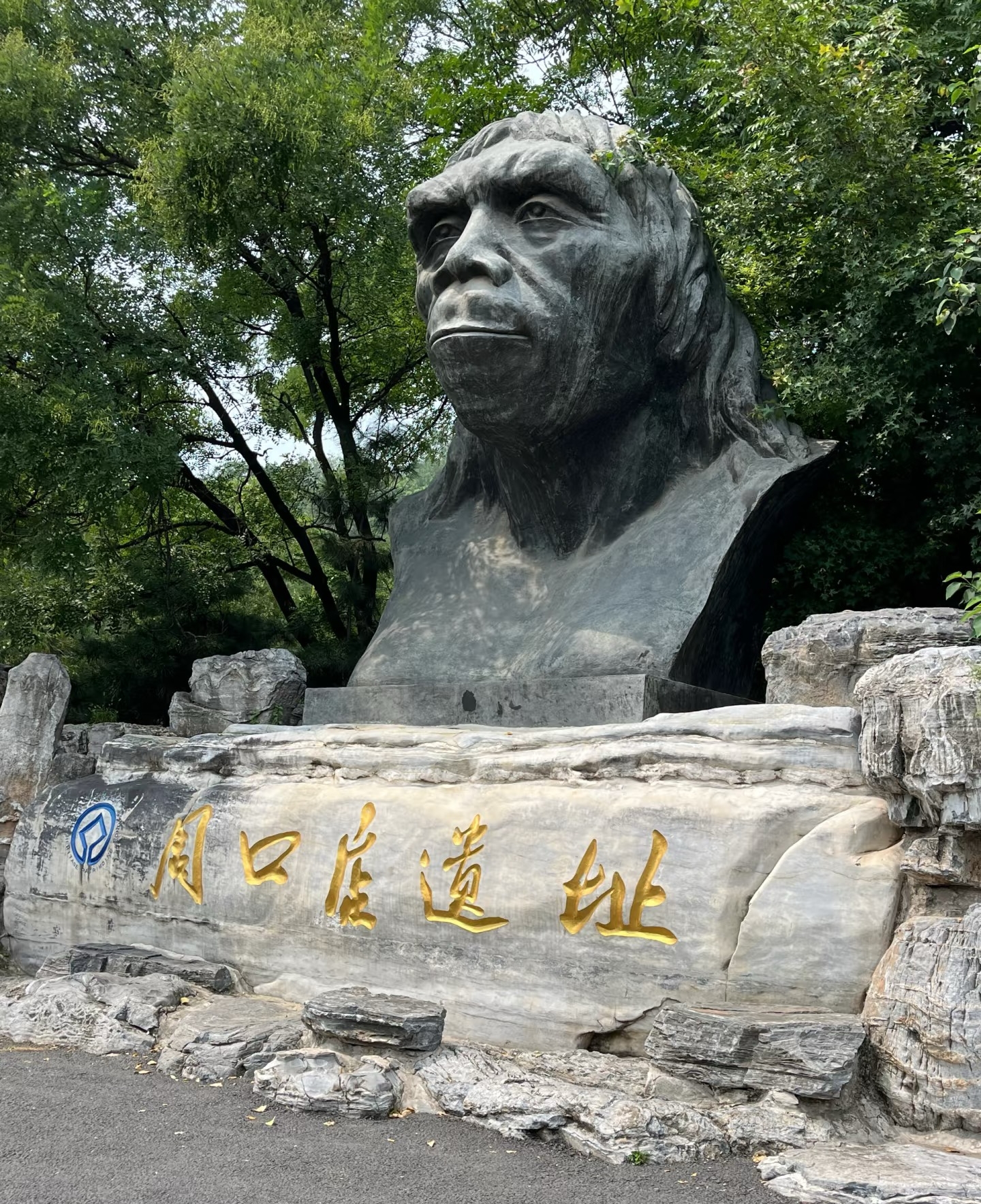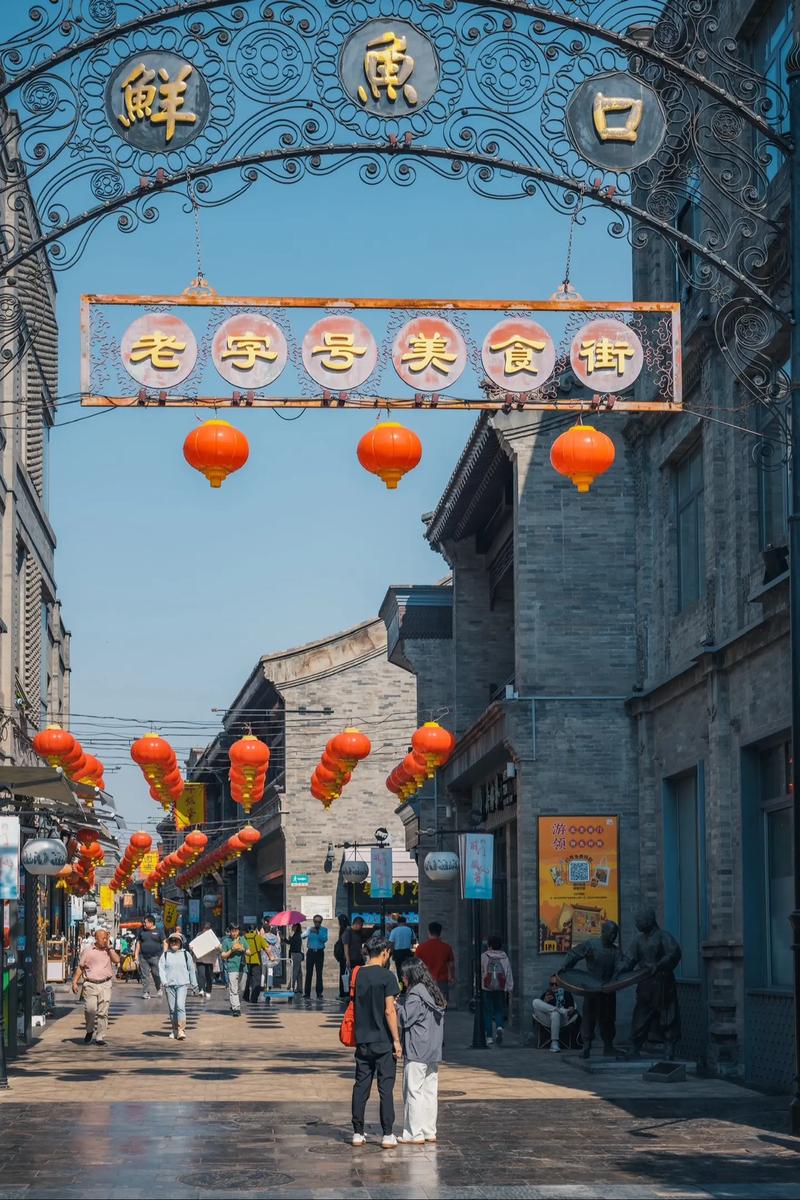

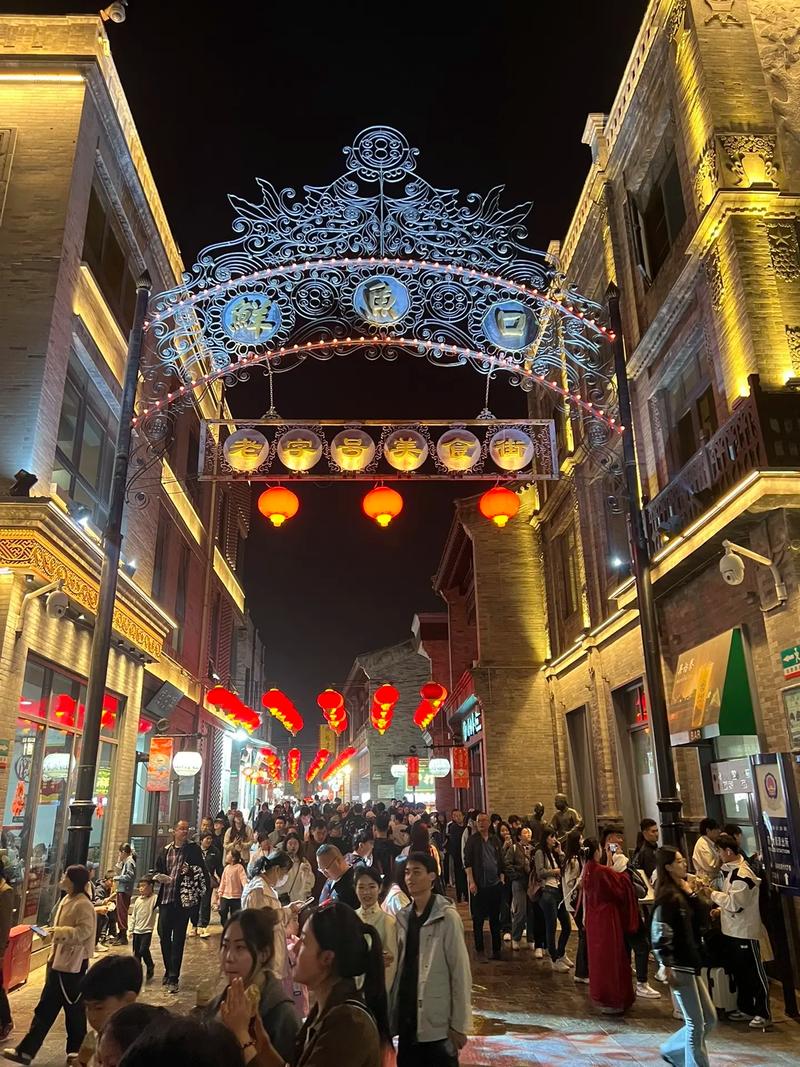
Qianmen Street
Qianmen Street is a famous pedestrian street with traditional architecture, featuring many time-honored Chinese brands and shops.
Information
Ticket price
Time
Location
Qianmen St, Dongcheng District, Beijing, China
View maps
More about the trip
Qianmen Street: A Historic Commercial Hub in Beijing
Qianmen Street, located just south of Tiananmen Square, is one of Beijing's most famous and historic commercial streets. With a history dating back over 500 years, it has been a bustling center for trade and culture since the Ming and Qing dynasties. Today, it is a vibrant pedestrian street that blends traditional architecture with modern shops, offering a unique glimpse into old Beijing's commercial life.
What to See and Do
Traditional Architecture: Admire the beautifully restored traditional Chinese architecture that lines the street, including the distinctive Qilou (arcade houses) and traditional storefronts. The street has retained its historical charm while offering modern amenities.
Time-Honored Brands: Explore numerous century-old Chinese brands that have their flagship stores here, such as Tongrentang (traditional Chinese medicine), Ruifuxiang (silk), Neiliansheng (traditional shoes), and Quanjude (Peking duck). These shops offer a taste of authentic Chinese products and craftsmanship.
Shopping and Dining: Beyond the traditional brands, you'll find a variety of modern shops, international brands, and numerous restaurants and cafes. It's a great place to shop for souvenirs, fashion, and to sample local Beijing cuisine.
Sightseeing Tram: A vintage-style tram runs along the pedestrian street, offering a nostalgic and convenient way to experience the street without walking the entire length.
Dashilar (大栅栏): Just west of Qianmen Street, Dashilar is a historic alleyway that was once a vibrant entertainment and commercial district. It's worth exploring for its traditional hutongs, teahouses, and local shops.
Best Time to Visit
Qianmen Street is lively throughout the day and into the evening. Evenings are particularly vibrant with illuminated shops and a bustling atmosphere. Weekdays are generally less crowded than weekends and public holidays.
How to Get There
Take Metro Line 2 to Qianmen Station (前门站), Exit C. The street is directly accessible from the station.
Travel Tips
Wear comfortable shoes: You'll be doing a lot of walking.
Come hungry: There are many food options, from street snacks to formal restaurants.
Be aware of crowds: The street can get very busy, especially during peak hours and holidays.
Combine with Tiananmen Square: Qianmen Street is just south of Tiananmen Square, making it easy to visit both iconic landmarks in one trip.

